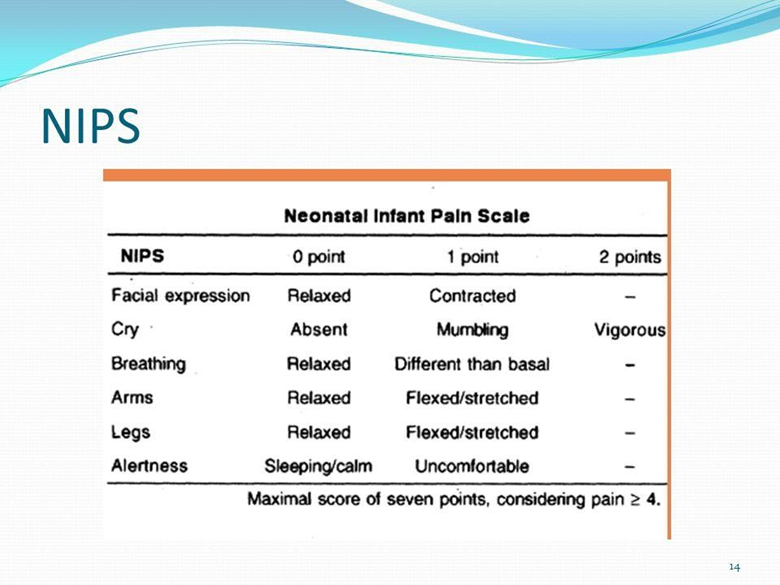A nurse is preparing to administer an IV medication to a client and accidently punctures the IV bag, causing the medication to leak on the counter. Which of the following medications requires the nurse to follow facility procedures in the safe handling of a biohazardous material spill?
Metronidazole
Ampicillin sodium
Doxorubicin hydrochloride
Phenytoin
The Correct Answer is C
A. While metronidazole is an antimicrobial medication, it does not pose a significant biohazard risk, and standard precautions for medication spills would suffice.
B. Ampicillin sodium is an antibiotic medication and does not pose a significant biohazard risk, and standard precautions for medication spills would suffice.
C. Doxorubicin hydrochloride is a cytotoxic chemotherapy medication that poses a significant biohazard risk due to its potential carcinogenic and mutagenic properties. Specific facility procedures for handling cytotoxic spills should be followed.
D. Phenytoin is an antiepileptic medication and does not pose a significant biohazard risk, and standard precautions for medication spills would suffice.
Nursing Test Bank
Naxlex Comprehensive Predictor Exams
Related Questions
Correct Answer is A
Explanation
A. Setting a routine, including a toileting schedule, helps manage incontinence and reduces confusion and anxiety for a client with dementia. Regular schedules provide structure and can improve cooperation and quality of life.
B. Simplifying clothing with easy fasteners like Velcro instead of buttons and zippers can help maintain independence in dressing for a person with dementia.
C. Physical activity should be encouraged as it can help reduce agitation, improve mood, and promote better sleep patterns.
D. Excessive sensory stimulation can be overwhelming and confusing for clients with dementia; activities should be calming and familiar.
Correct Answer is A
Explanation
A. The Neonatal Infant Pain Scale (NIPS) is commonly used to assess pain in newborns, particularly in the neonatal intensive care unit (NICU) setting. It evaluates specific indicators of pain, such as facial expression, crying, and breathing patterns.
B. The FACES pain rating scale is more commonly used in older children who can understand and communicate using a visual scale of faces depicting different levels of pain intensity.
C. Visual analog scales are typically used in older children and adults to rate pain intensity on a linear scale.
D. The Premature Infant Pain Profile is specifically designed for premature infants and evaluates physiological and behavioral indicators of pain.

Whether you are a student looking to ace your exams or a practicing nurse seeking to enhance your expertise , our nursing education contents will empower you with the confidence and competence to make a difference in the lives of patients and become a respected leader in the healthcare field.
Visit Naxlex, invest in your future and unlock endless possibilities with our unparalleled nursing education contents today
Report Wrong Answer on the Current Question
Do you disagree with the answer? If yes, what is your expected answer? Explain.
Kindly be descriptive with the issue you are facing.
